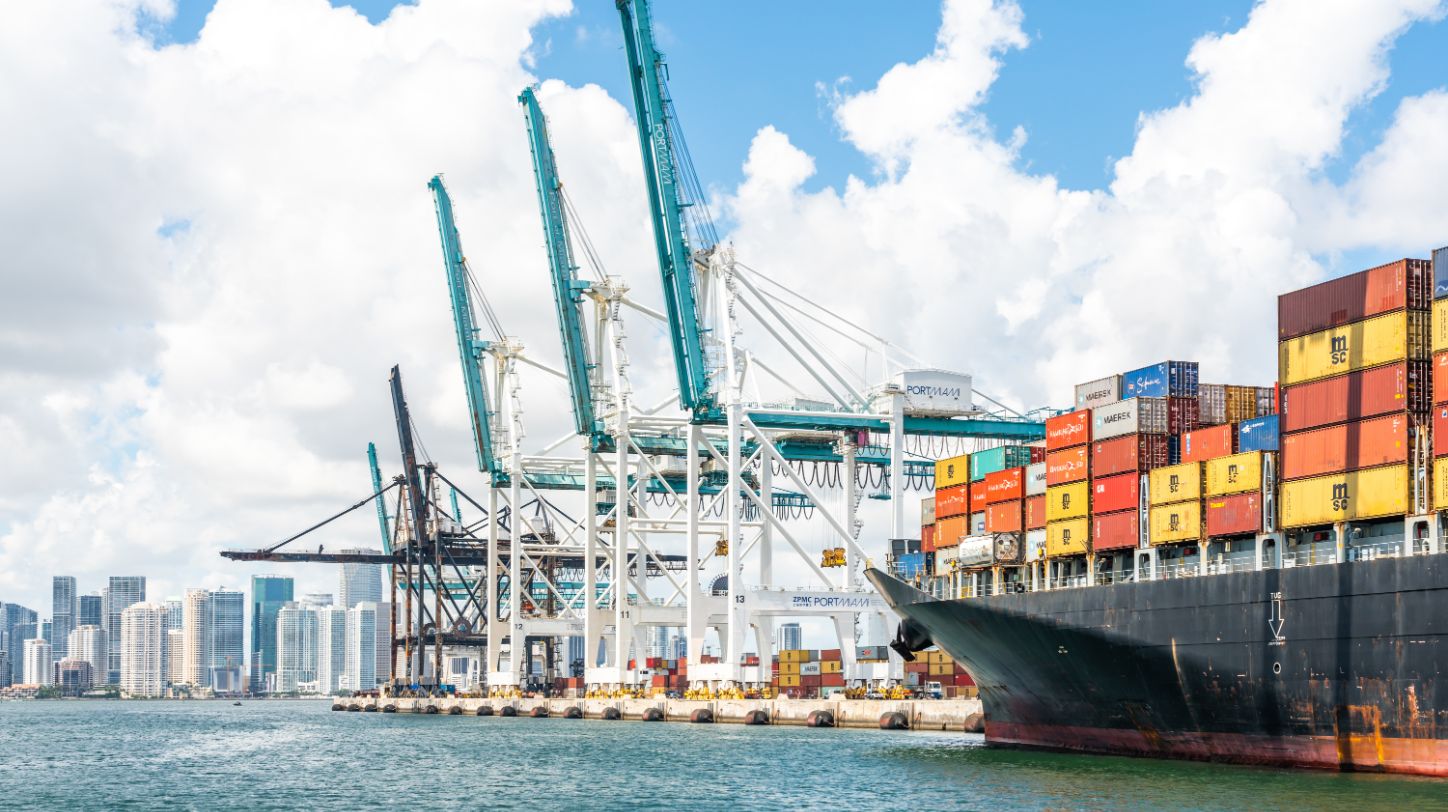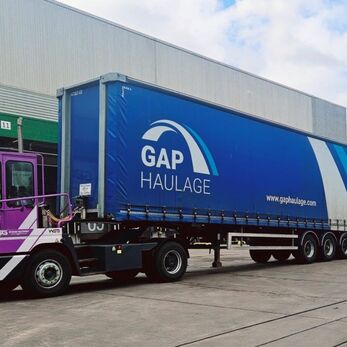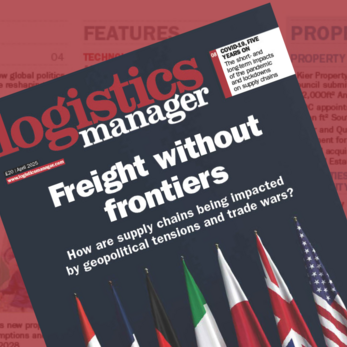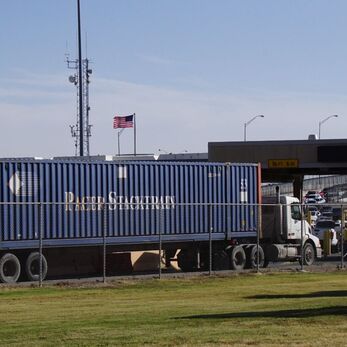A dispute between the United States Maritime Alliance (USMX) and the International Longshoremen’s Association (ILA) could result in strike action at ports along the East and Gulf Coasts of America from 1 October 2024.
The ILA is ‘the largest union of maritime workers in North America, representing upwards of 85,000 longshoremen on the Atlantic and Gulf Coasts, Great Lakes, major US rivers, Puerto Rico, Eastern Canada and the Bahamas’. It is currently in a dispute with the USMX over ‘wages and benefits’ for longshore workers at ports on the East and Gulf Coasts.
It asserts that its members are determined to win a new contract with their employers represented by the USMX, saying that ‘they are ready to strike for wages that are commensurate with the billion-dollar profits earned by the ocean carriers’.
Reports claim that union workers at ports on the East and Gulf Coasts earn a base wage of US$39 per hour after six years on the job, compared to unionised workers on the West Coast, who currently earn $54.85 per hour – a sum that is set to rise to $60.85, excluding overtime and benefits, in 2027.
The current Master Contract Agreement between the USMX and the ILA expires on 30 September, and no contract has yet been agreed beyond this.
After negotiations between the two parties concluded earlier this month, ILA wage scale delegates ‘unanimously’ called for a coast-wide strike at ports from Maine to Texas on 1 October. ILA president Harold J Daggett warned: “A sleeping giant is ready to roar on Tuesday 1 October 2024, if a new Master Contract Agreement is not in place.”
The latest update on negotiations from both parties came on 23 September.
The USMX issued a statement saying: “Despite additional attempts by USMX to engage with the ILA and resume bargaining, we have been unable to schedule a meeting to continue negotiations on a new Master Contract. We remain prepared to bargain at any time, but both sides must come to the table if we are going to reach a deal, and there is no indication that the ILA is interested in negotiating at this time.”
The statement concluded: “Our goal remains the same – we want to bargain and avoid a strike, but time is running out if the ILA is unwilling to return to the table.”
Meanwhile, an ILA statement claimed: “The stalemate remains in Master Contract negotiations because USMX continues to offer ILA longshore workers an unacceptable wage increase package.”
If the strike goes ahead on 1 October, it will be the first East Coast dock strike since 1977. This has led to concerns over the impact of strike action on US imports and exports, and supply chains that rely on these ports for the movement of goods.
On 25 September, senator Ted Cruz said: “Let’s be clear about the potential consequences of a strike: a JP Morgan analysis quoted in the New York Times yesterday projected that a port strike could cost the American economy $5 billion per day.”
The American Farm Bureau Federation also expressed concerns, with economist Daniel Munch claiming that strike action “could sink access to foreign markets”. He noted: “Collectively, the value of containerised agricultural products passing through ILA-controlled ports, including both imports and exports, exceeds $1.4 billion per week.”
Munch went on to say: “With more than $1.4 billion in containerised agricultural goods passing through East and Gulf coast ports each week, a strike would create backlogs of exports, denying farmers access to a higher price in the world market, leading to a domestic oversupply, driving down prices for key commodities including meat and poultry, cotton, soybeans and specialty crops, and further eroding farm profitability. On the import side, shortages and delays would raise costs for consumers – particularly for perishable goods.
“While some relief may come from redirecting exports to West Coast ports, this strategy will be less helpful for regions that are further from these ports, increasing transportation costs and logistical hurdles for smaller producers.
“As the agricultural sector braces for rising operational costs, supply chain shifts and another likely downward pressure on commodity prices, US farmers are finding themselves in an increasingly precarious position.”
Following the undeniable success of IntraLogisteX 2024 in the UK, the exhibition is heading across the Atlantic next month, with IntraLogisteX USA taking place on 22-23 October 2024 at Miami Beach Convention Center.
Click here for more details and to register!
Plus, the Supply Chain Excellence Awards are also heading stateside as Miami welcomes the very first Supply Chain Excellence Awards USA on 21 October 2024.
For more information about the awards, categories and how to enter, click here!









